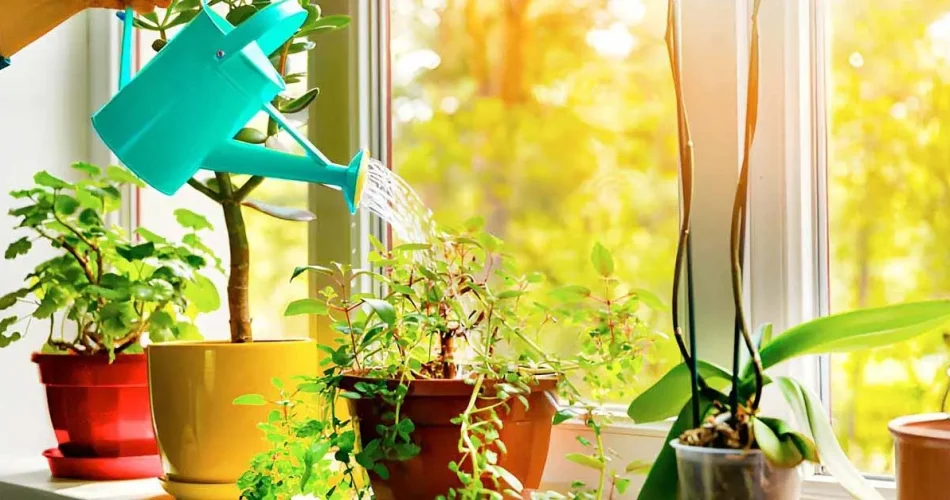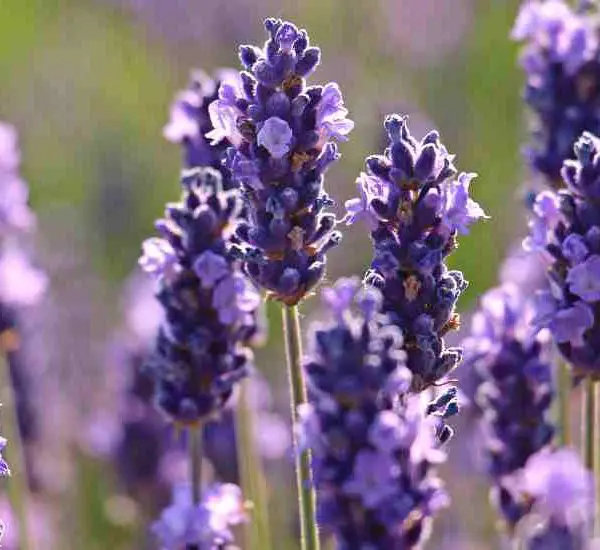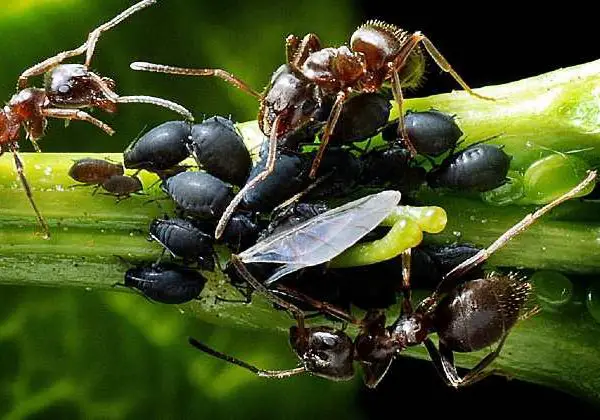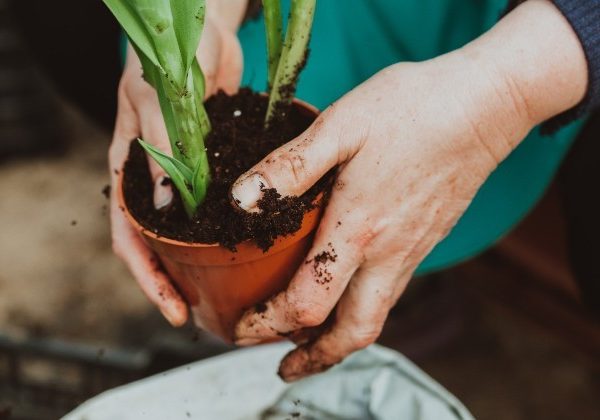Why Your Houseplants Aren’t Flowering: 6 Common Mistakes
If your houseplants aren’t flowering, several common mistakes might be hindering their growth. Here’s a look at these mistakes and how to address them:
- Plants Kept in the Wrong Place:
- Issue: Incorrect light conditions can impact flowering. Some plants need sunlight, while others prefer partial shade.
- Solution: Place plants according to their light preferences and ensure they’re not exposed to extreme temperatures.
- Excess Fertilizer:
- Issue: Too much fertilizer, especially nitrogen-rich ones, can promote excessive growth of green parts at the expense of flowers.
- Solution: Use fertilizers sparingly, following recommended guidelines, and avoid over-fertilizing.
- Pruning at the Wrong Time:
- Issue: Pruning at the wrong season may eliminate buds that would produce new flowers.
- Solution: Prune during the appropriate season, avoiding the removal of young stems that will contribute to future flowering.
- Pest Attacks:
- Issue: Pests like mealybugs, aphids, and mites can weaken plants and hinder flowering.
- Solution: Protect plants from pests and treat infestations promptly using natural remedies like black soap, vinegar, garlic decoction, or nettle manure.
- Unfavorable Climate for Flowering:
- Issue: Each plant has specific climate preferences, and flowering may be affected if conditions aren’t met.
- Solution: Understand the growing conditions of your plants and provide an environment conducive to their natural preferences.
- Plants Not Yet Mature:
- Issue: Many perennial plants only flower when they reach maturity, which may take a few years.
- Solution: Be patient, as some plants, like the jade tree, may take several years to flower. Ensure optimal care to support their overall health.
How to Boost Flowering of Indoor Plants: To enhance flowering and overall health of indoor plants, consider these natural and economical tips:
- Baking Soda
- Coffee Grounds
- Aspirin
- Cooking Water for Eggs or Vegetables
- Banana Peel
- Tea
- Wood Ashes
- Eggshells
- Green Algae
Understanding the specific needs of your plants, avoiding common mistakes, and providing proper care can lead to lush and vibrant flowering of your indoor plants.
Show Comments



